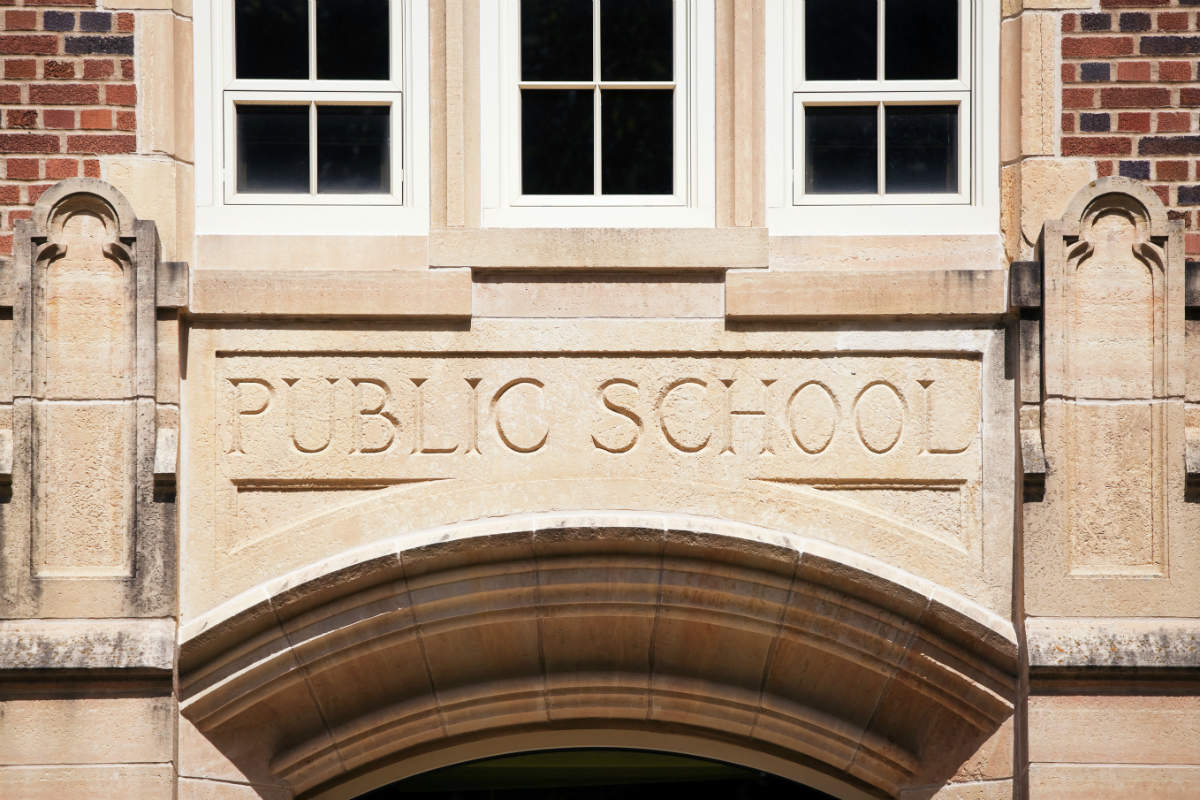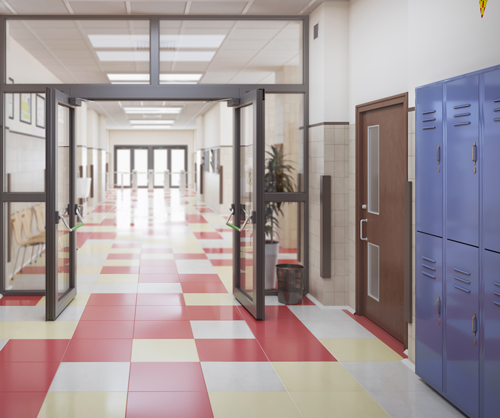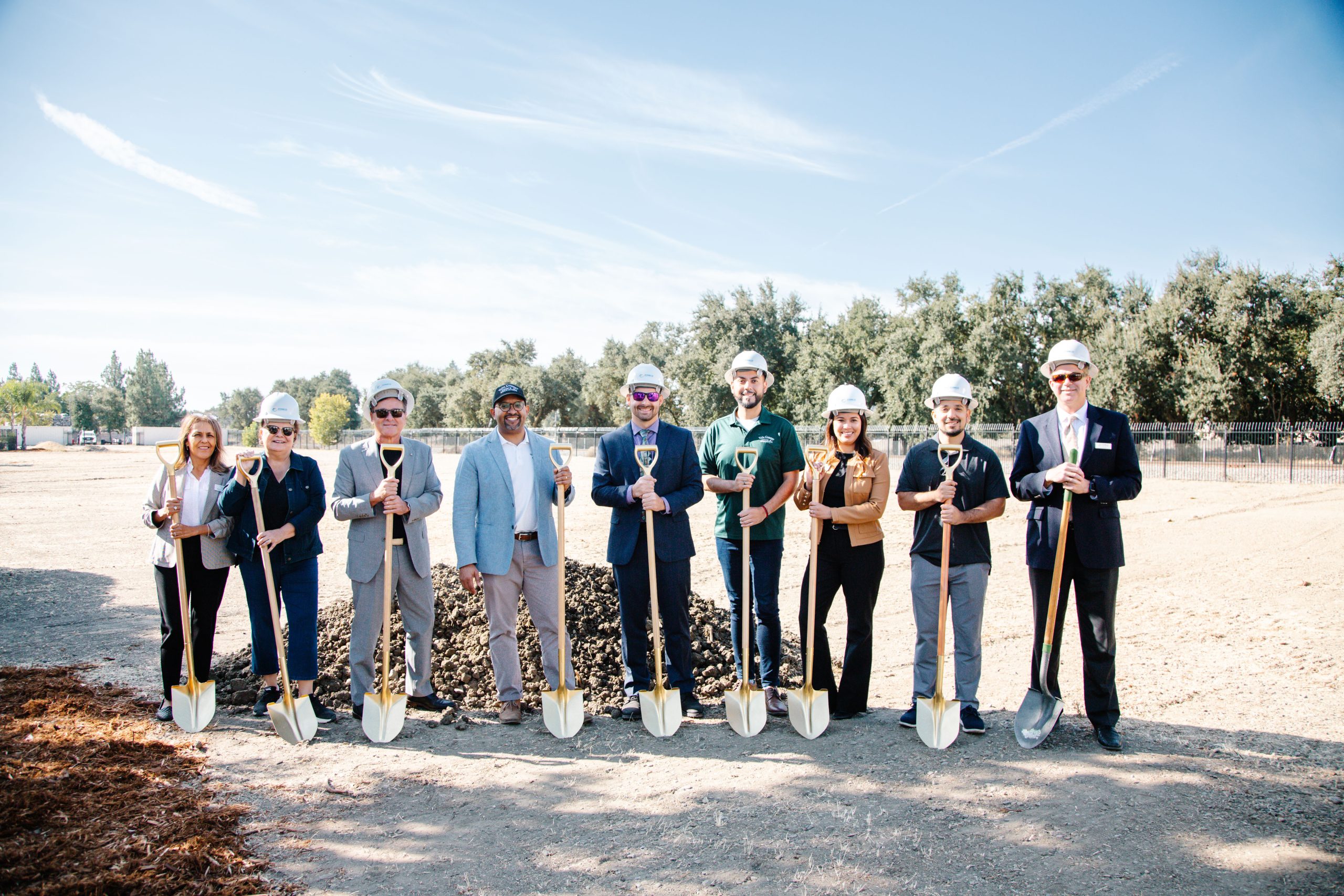The September 2022 heatwave in California was the worst on record, with temperatures hitting up to 116 degrees in Sacramento, and multiple other cities experiencing temperatures of 110 degrees and above. This excessive heat has schools on high alert, with many installing and upgrading HVAC systems in areas like Oxnard, which previously relied on cooler coastal temperatures to keep students comfortable and learning.
An area of particular danger that should not be overlooked are asphalt schoolyards. Environmental city planner and author of Asphalt to Ecosystems: Design Ideas for Schoolyard Transformation Sharon Danks found that on an 81-degree day on a California elementary school yard, grassy areas measured 83 degrees, rubber surfaces under a play structure came in at 135 degrees and unshaded asphalt was 107 degrees. Asphalt shaded by trees was more than 30 degrees cooler.
Dank’s book was published in 2010 and she is now working to spread advocacy through her nonprofit, Green Schoolyards America, which is launching the California Schoolyard Forest System, a partnership with the California Department of Education, the California Department of Forestry and Fire Protection (CAL FIRE) and Ten Strands, a nonprofit dedicated to improving environmental literacy. California is the first state in a planned National Schoolyard Forest System.
The goals of the California Schoolyard Forest System are to:
- Plant enough trees by 2030 that, when mature, will cover at least 30 percent of each school
property in areas used by children and youth during the school day - Center equity by prioritizing schools and districts in underserved communities with the highest
poverty level, fewest trees and hottest climates - Use school grounds as a learning laboratory in preK-12 curricula
- Build environmental and climate literacy by engaging students in standards-based hands-on
research, design, planting and stewardship of their schoolyard forests
International urban forestry experts recommend that cities plant enough trees to shade and cool 30 percent of every neighborhood. California’s schools are far from this goal, where 10 percent of preK-12 public school grounds have less than 2 percent tree canopy and 85 percent of school grounds have less than 10 percent tree canopy, according to research by Green Schoolyards America.
“The land that schools and districts manage matters and has a profound impact on children’s learning and health and the ecological health and climate resilience of our communities. There is an urgent need to plant schoolyard forests that will directly shade and protect preK-12 students from extreme heat during the school day and act as climate oases in the decades to come,” said Danks in a press release.
Green Schoolyards Grant information
In February, CAL FIRE released grant guidelines for the first phase of the project, which provides $1.5 million in funding to public preK-12 school districts and child care facilities for the planning or implementation phases of schoolyard greening projects.
“Urban and Community Forestry efforts play a significant role in meeting the State’s [greenhouse gas] emission reduction targets, climate resilience goals, and goals of climate action plans. CAL FIRE encourages student and resident participation in the development and implementation of each project, although due to the size and complexity of projects, applicants are limited to local government or education agencies, special districts, and nonprofit organizations,” states the introduction of the guidelines document.
Applications are due by April 28, 2023, at 3 p.m.





